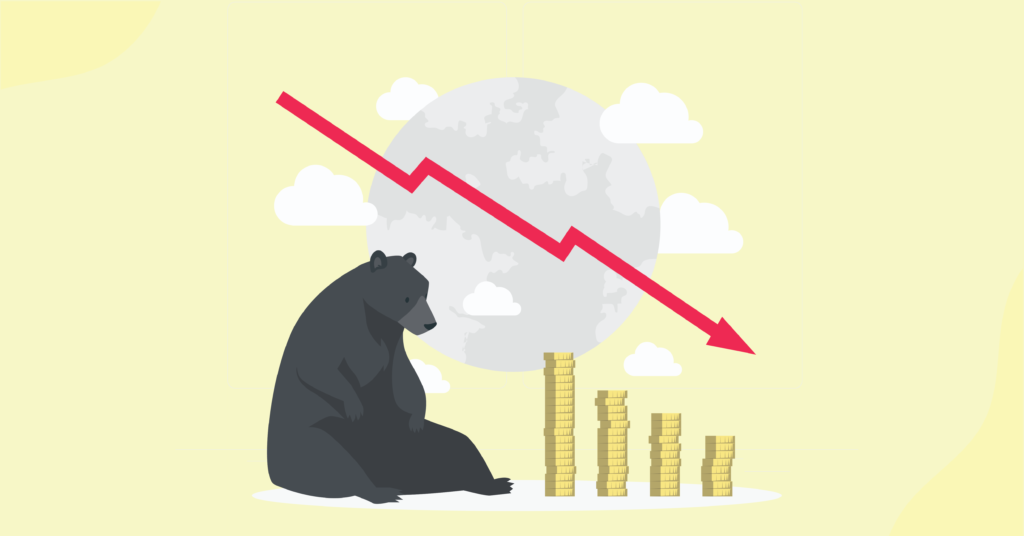Bear markets are a normal thing. Since 1929 there have been 26 bear markets. 36 percent of stock is lost on average in a bear market, but gains 114 percent in time of a bull market.
The life of bear markets are short, the standard lifespan of a bear market tends to go on for 9.6 months or about 289 days. The bull market has a longer life span which is 2.7 years or 991 days to be precise. It takes an average of 3.6 years in between bear markets.

In 2020 the bull market that ended was recorded to be the longest. The longest recorded bull market was in 1987, it lasted until the dot-com downfall in mid 2000 (a 19.9% drop in 1990 almost cut the the time bull market short)
Since World War II bear markets oftenly pop up. There were only 12 bear markets between the years of 1928 and 1945. It has an average of one bear market every 1.4 years. There have been 14 since 1945, one every 5.4 years.
Bear markets do not automatically mean an economic recession. In the 26 bear markets since 1929 there have only been 15 recessions during the years. It frequently goes with a slow economy, and a reducing market doesn’t mean that a recession is coming.
A dipping market can be painful to watch but always remember that downtrends is only a temporary portion of the procedure.
Overall markets are positive in the majority of time. The market history of the past 92 years, only 20.6 % of these years were bear markets, and 78% percent of those years were bull markets and rising stocks.
